Bishop Armando Xavier Ochoa - 1996
Bishop Armando Xavier Ochoa was born in Oxnard, California, in 1943, the second child to Angel and Mary Ochoa. He received his education at Santa Clara Elementary and Santa Clara High School, also in Oxnard, and graduated in 1961. In 1962 he entered St. John’s Seminary College and having graduated, continued his studies at St. John’s Seminary School of Theology. Bishop Ochoa was ordained a priest for the Archdiocese of Los Angeles on May 23, 1970, by Cardinal Timothy Manning. He served as Associate Pastor at St. Alphonsus Church in East Los Angeles; St. John the Baptist Church in Baldwin Park; and St. Teresa of Avila Church, Los Angeles. Bishop Ochoa was appointed Pastor of Sacred Heart Church in Los Angeles, in December, 1984. While an Associate Pastor at St. Teresa of Avila, he was named a Monsignor, Chaplain to His Holiness, in 1982.
Prior to his Ordination to the Episcopacy, in February, 1987, as Auxiliary Bishop of the Archdiocese of Los Angeles and Regional Bishop of the San Fernando Pastoral Region, he served as a board member and later as co-director of the Permanent Diaconate Program for the Archdiocese. He also headed the Secretariat for Ethnic Ministry Services. Bishop Ochoa also served as a board member for both Don Bosco Technical High School and St. John’s Seminary. On June 26, 1996, Bishop Ochoa was installed as fifth Bishop of the Diocese of El Paso in Texas.
Bishop Ochoa was installed as the fifth Bishop of the Diocese of Fresno on February 1, 2012.
Throughout Bishop Ochoa’s Episcopacy, he has held the following USCCB positions: Member of the Sub-Committee on Lay Ministry, Committee on Migration, Sub-Committee on Hispanic Affairs, Committee on Laity, Committee on Vocations, Committee on the Diaconate, Committee on the Millennium/Jubilee Year, Sub-Committee on Lay Ecclesial Ministry, CLINIC Board of Directors and Region XIII Administrative Committee. Bishop Ochoa has also been a Consultant on the Committee on Migration and Sub-Committee on Hispanic Affairs. Other National and International responsibilities have included member of the Alta/Baja California Border Bishops Council, United States Delegate to the Eucharistic Congress in Guadalajara, Mexico, and member of the Texas Mexico Border Bishops’ Council.
Area:
Central / El Paso High
Source:
Diocese of El Paso
Uploaded by:
El Paso Museum of History
Bishop Anthony J. Schuler - 1915
SCHULER, ANTHONY J. (1869–1944). Anthony J. Schuler, bishop of the Catholic Diocese of El Paso, was born to Joseph and Albertina (Algaeir) Schuler on September 20, 1869, at St. Mary's, Pennsylvania. From there the family moved to Georgetown, Colorado, in 1876. After his father's death from a mining-accident injury in 1883, young Schuler became increasingly attached to the local priest, Rev. Nicholas C. Matz, who later became bishop of Denver. In 1885 Schuler followed Matz to Denver upon the latter's reassignment, both to assist the cleric and to further his own education. In Denver, Schuler came into contact with priests of the Society of Jesus, commonly known as Jesuits, and he subsequently decided to join their order. He entered the Jesuit novitiate at Florissant, Missouri, on December 7, 1886. His lengthy training included studies in Florissant, St. Louis, Missouri, and Woodstock, Maryland, as well as work at Sacred Heart (later Regis) College in Denver. Sebastian Cardinal Martinelli, Vatican apostolic delegate to the United States, ordained Schuler a priest at Woodstock on June 27, 1903. Thereafter Schuler returned to Denver and Sacred Heart College, where he served as prefect and, later, superior. In 1908 he was sent to El Paso to work as associate pastor at the Church of the Immaculate Conception and chaplain of both the Hotel Dieu Hospital and Holy Family chapel. In 1912 he returned to Denver, where he worked in various assignments for several years.
Meanwhile, El Paso and West Texas continued to grow. In 1880 El Paso had no Catholic church; worshippers had to cross the Rio Grande to attend services. But by the beginning of World War I the city had 10,000 Catholics and six churches. This growth had largely been overseen by Jesuits under the supervision of Carlos M. Pinto, S.J.qv The Vatican established the Diocese of El Paso on March 3, 1914. The new diocese covered more than 60,000 square miles and included fourteen counties in West Texas and five more, plus part of another, in southern New Mexico. It included some 54,000 Catholics served by thirty-one priests in twenty parishes, fifty-eight missions, and a number of hospitals and schools. Although Schuler is commonly spoken of as the first bishop of the new diocese, that distinction in fact belongs to a fellow Jesuit, the Rev. John J. Brown, rector of Sacred Heart College in Denver. Brown was appointed in January of 1915 but resigned due to poor health in June of that year, before his consecration as bishop. Schuler was subsequently appointed bishop on June 17, 1915, and consecrated on October 28 in Denver by Archbishop John Pitaval of Santa Fe. Schuler served as bishop for twenty-seven years. Early in his tenure he built a number of churches in El Paso, including Holy Family (1914), St. Joseph's (1916), St. Patrick's Cathedral (1917), and Sacred Heart (1917). He also oversaw the foundation of Loretto Academy (1923) and a diocesan high school for boys (1924) that was operated by the Brothers of the Christian Schools.
Schuler was instrumental in bringing other religious orders to serve West Texas. The First Order of Franciscans (see FRANCISCANS) arrived in 1929, followed by the Claretian Fathers in 1932. In 1925 Mexican Jesuits, exiled from their native land since 1917, moved their novitiate to El Paso. Many regard Schuler's most significant work to be the support he gave those fleeing religious persecution in Mexico. By the time of Schuler's retirement on November 29, 1942, the diocese had grown to include over 120,000 Catholics served by 115 priests in forty-six parishes. Thirteen parochial schools taught nearly 2,500 students. Bishop Schuler retired to Regis College in Denver. He died there on June 3, 1944, and was buried in Concordia Cemetery, El Paso. In 1983 his remains were moved to a vault in Mount Carmel Cemetery in that city. His marker bears the representation of the Franklin Mountains and the Texas Lone Star of his episcopal coat of arms.
https://tshaonline.org/handbook/online/articles/fsc19
Area:
Central / El Paso High
Source:
Diocese Of El Paso
Uploaded by:
El Paso Museum of History
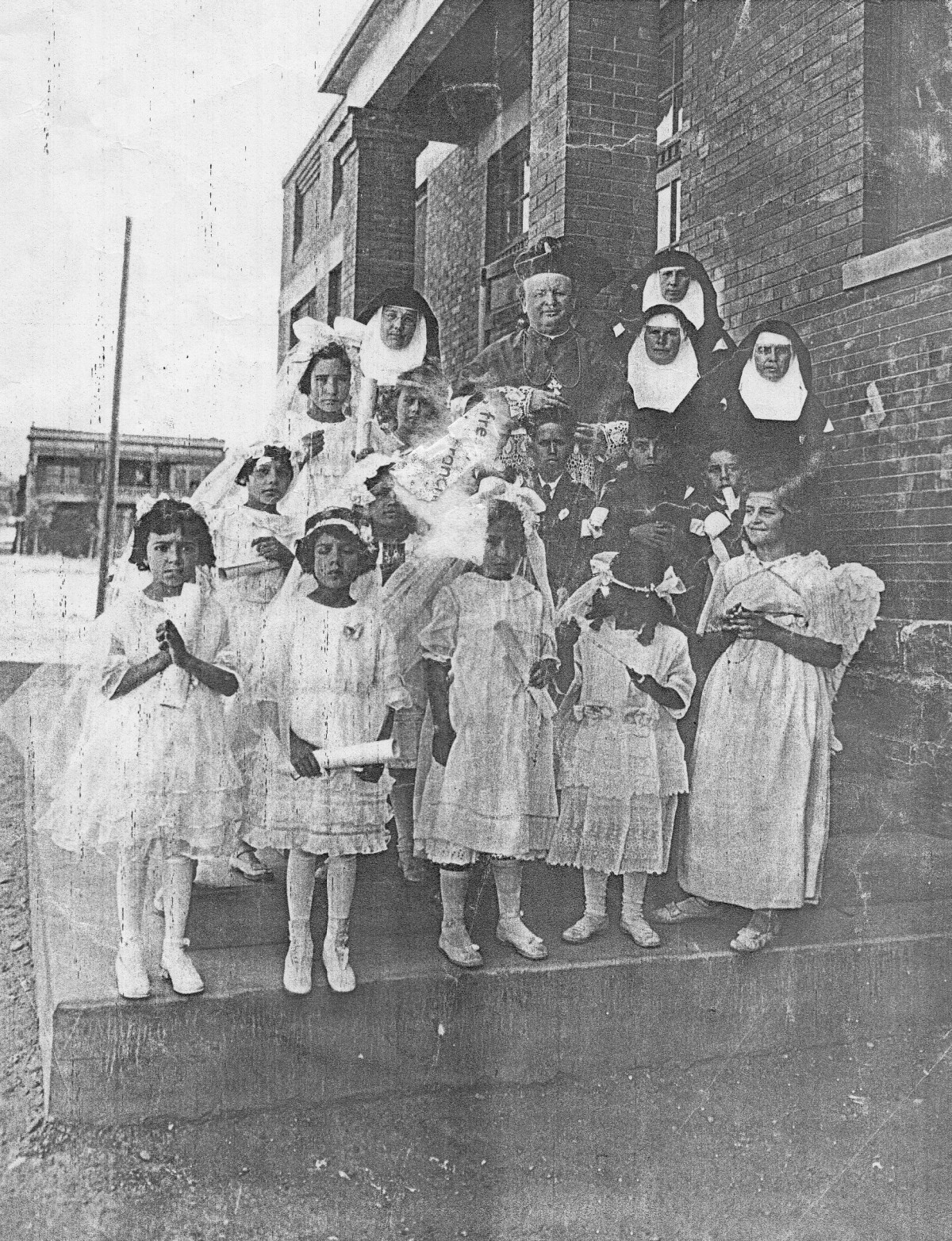
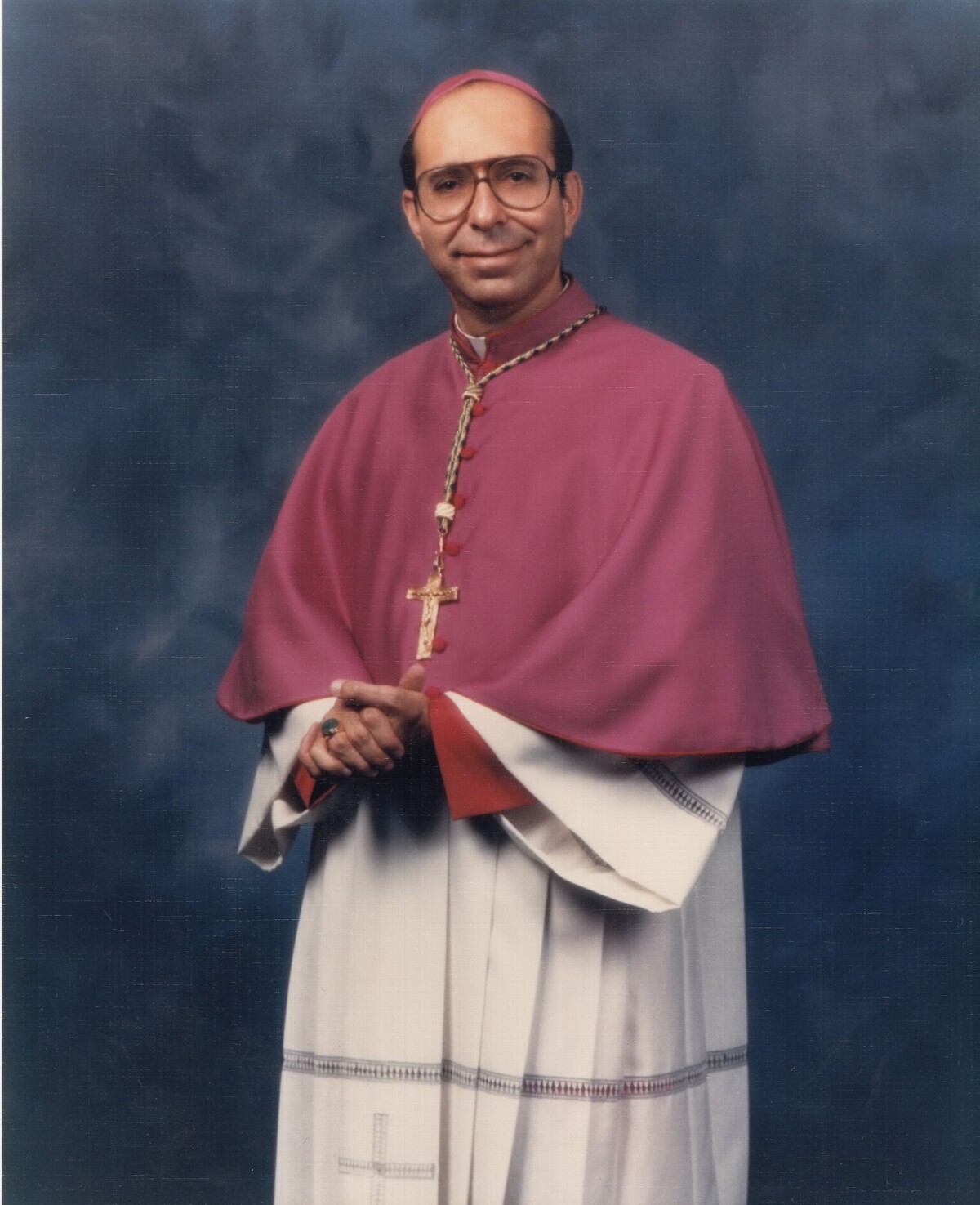
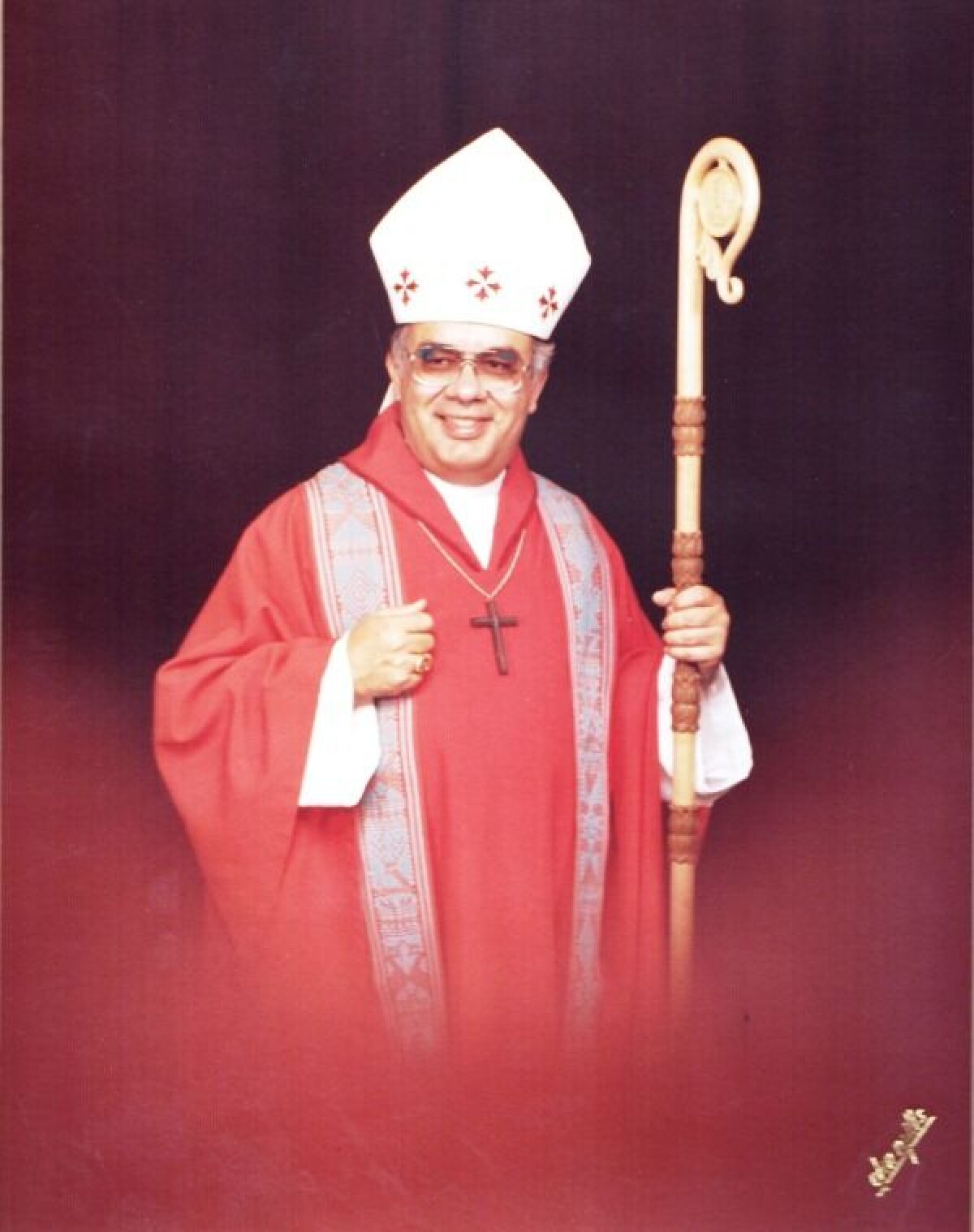
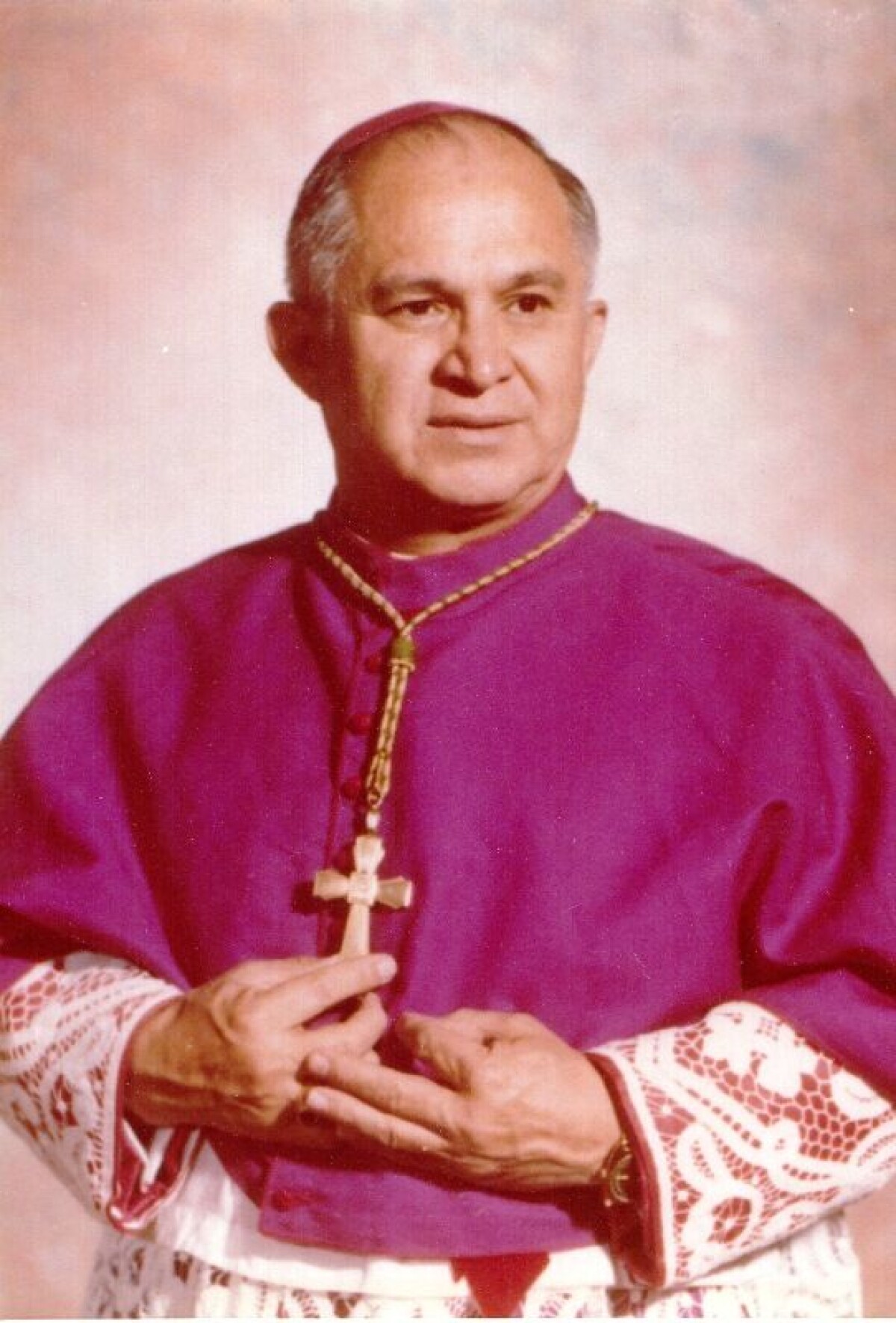
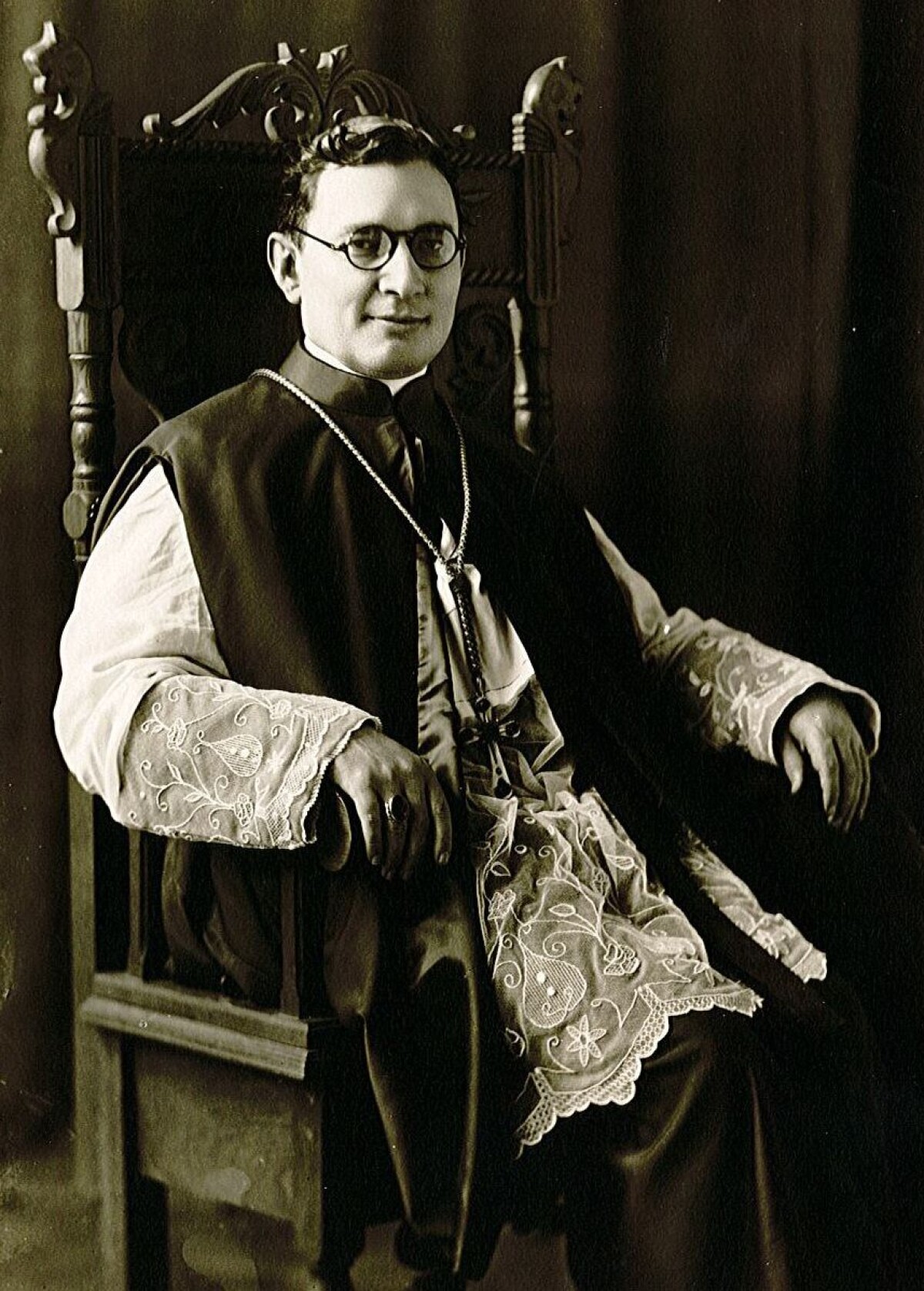
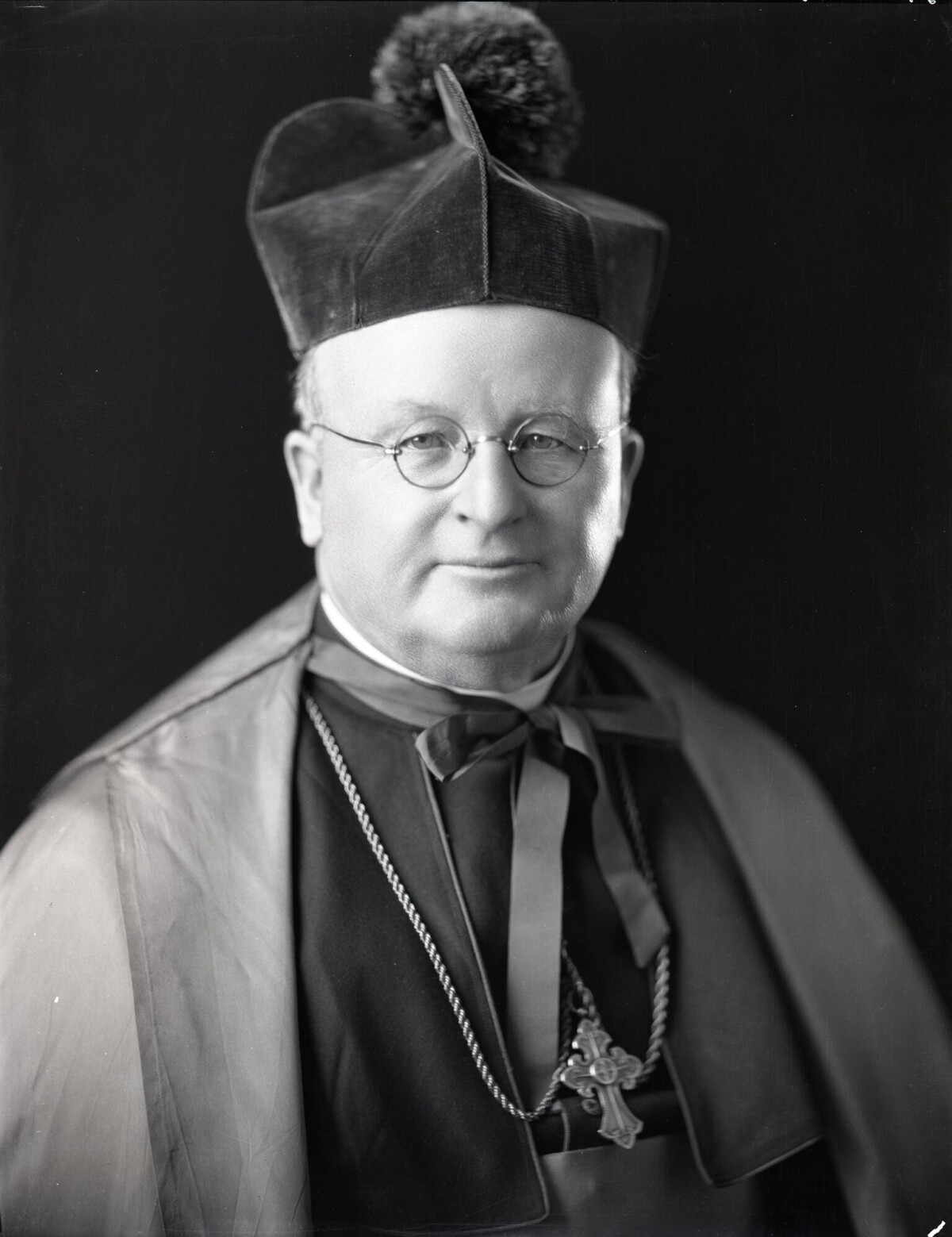
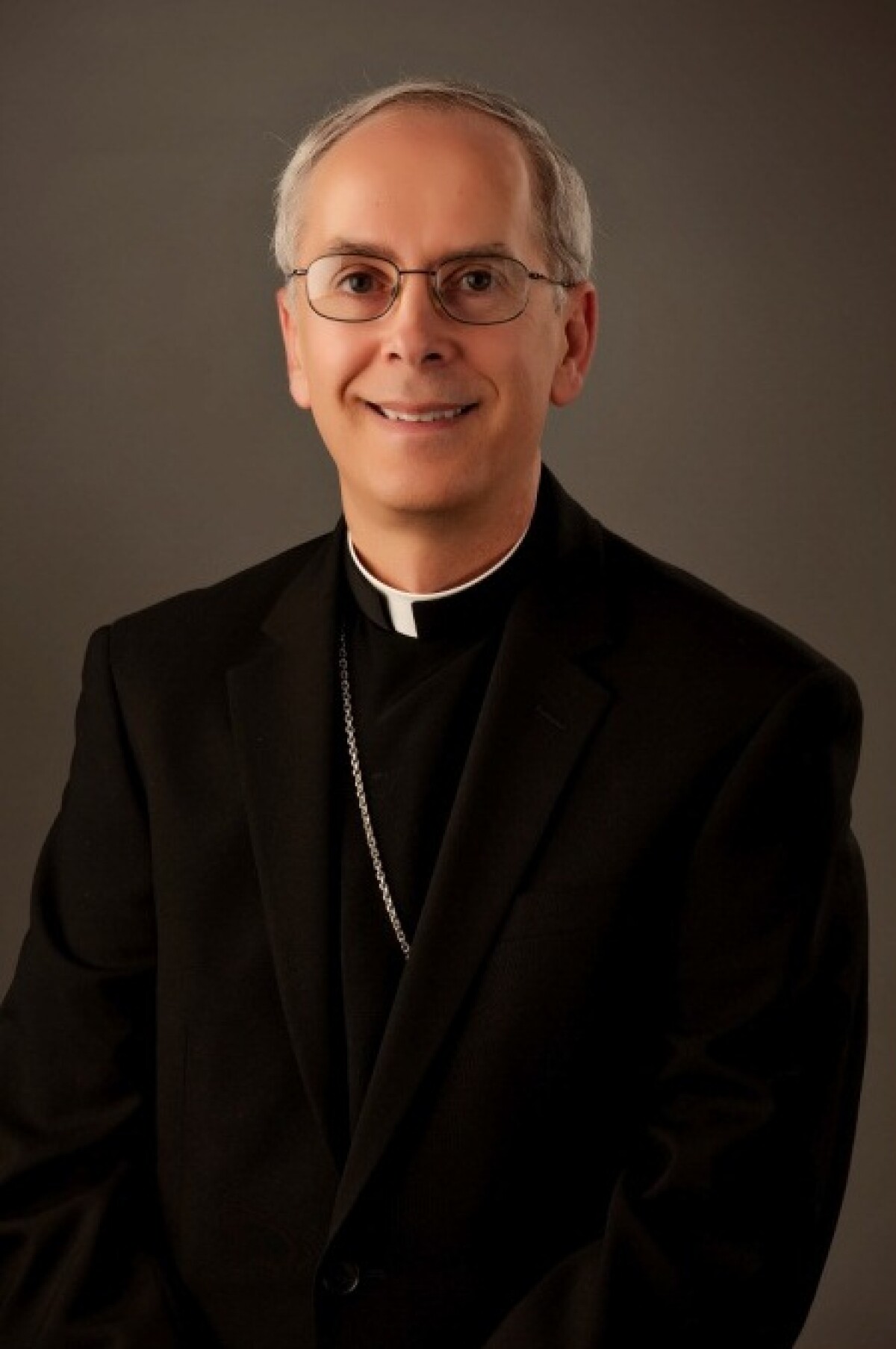
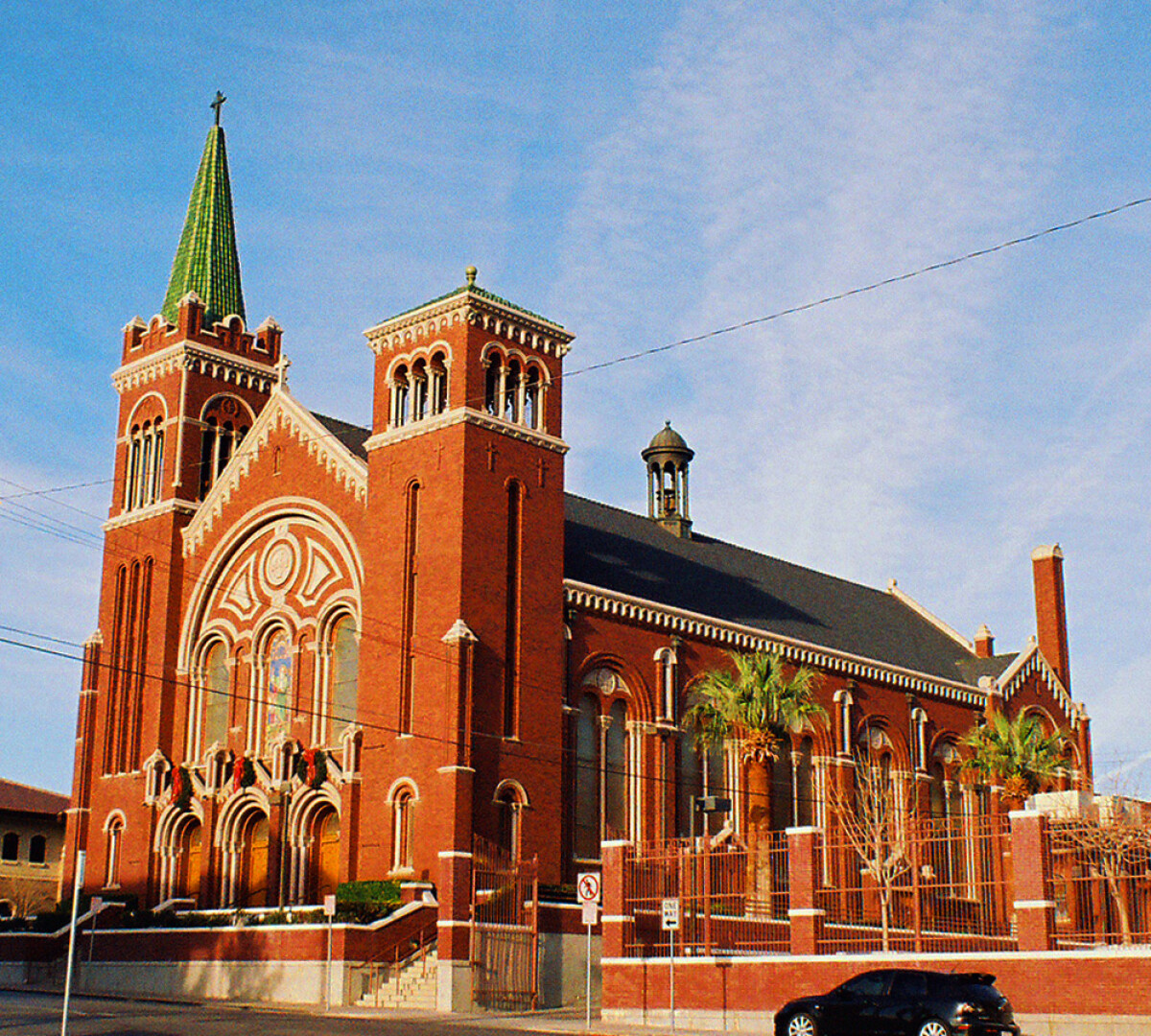
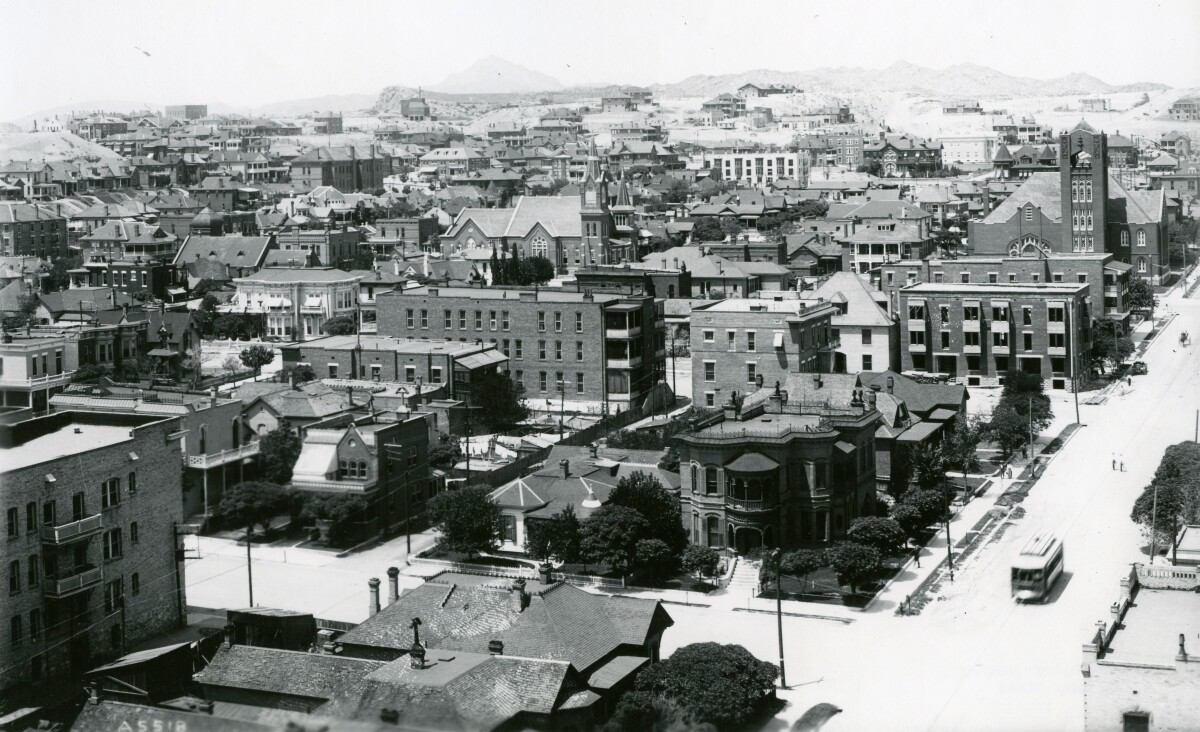
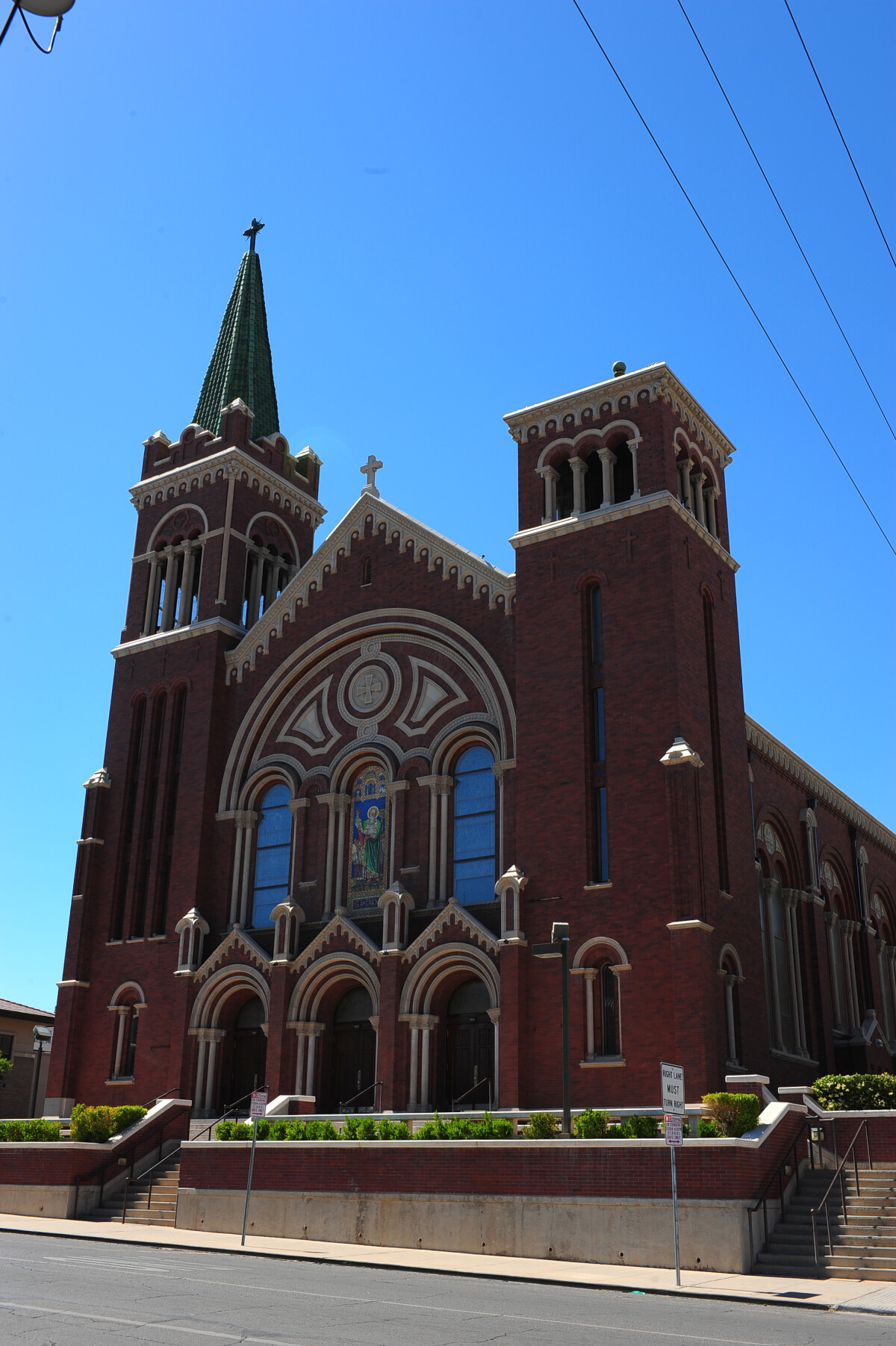
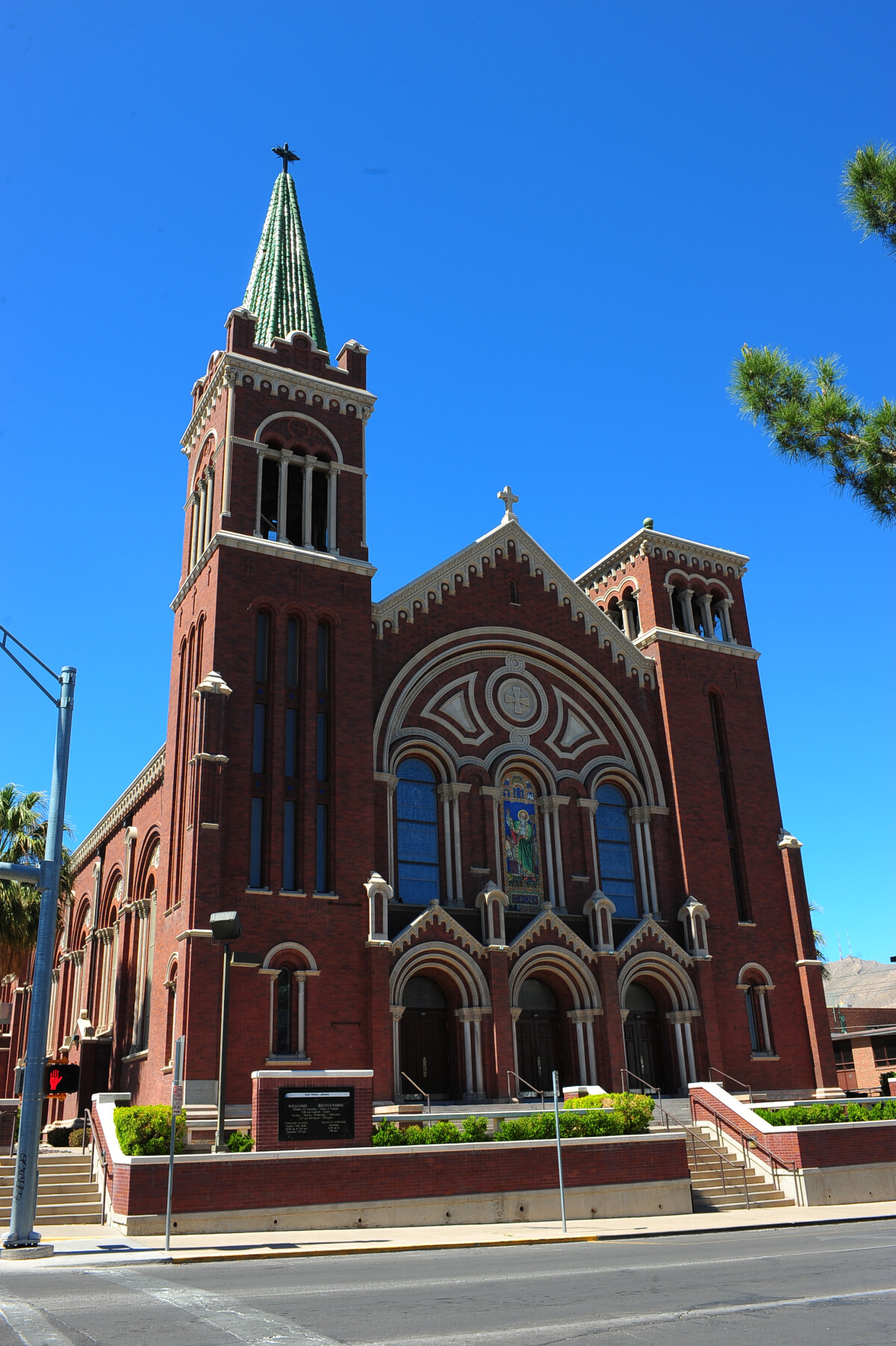
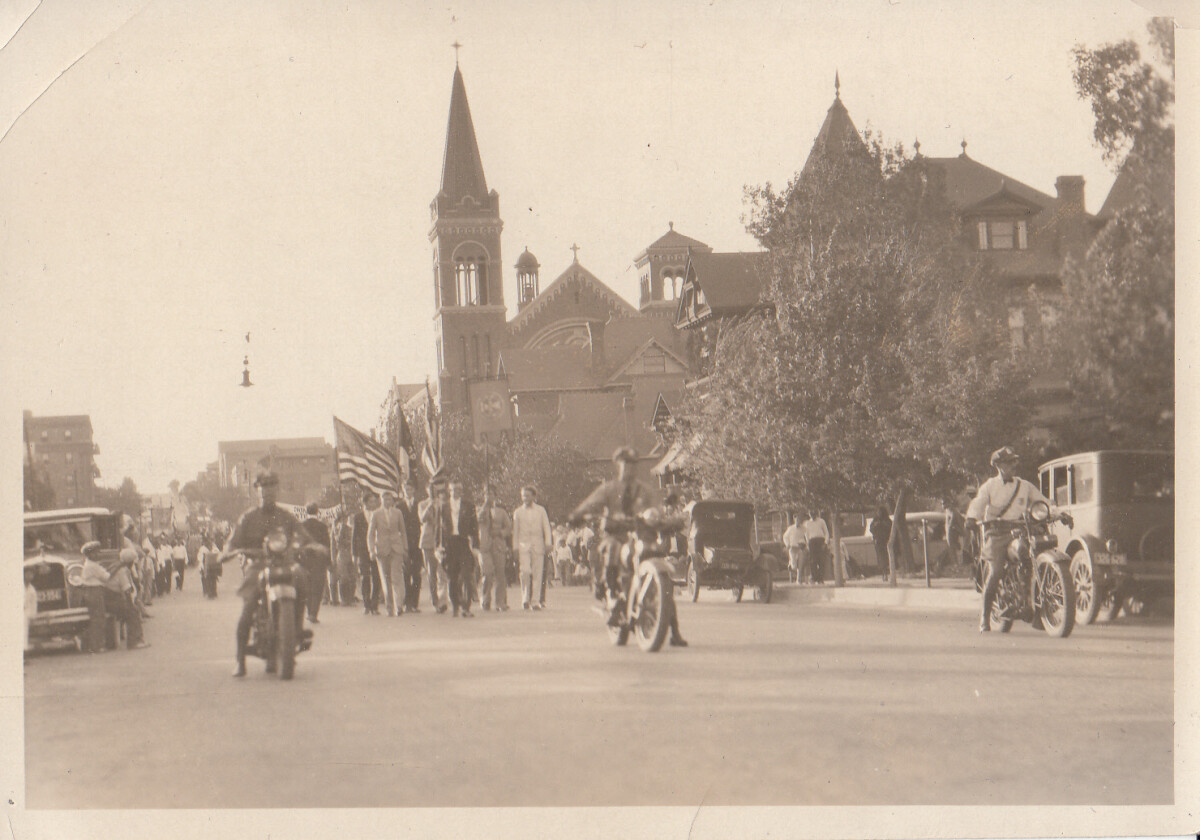
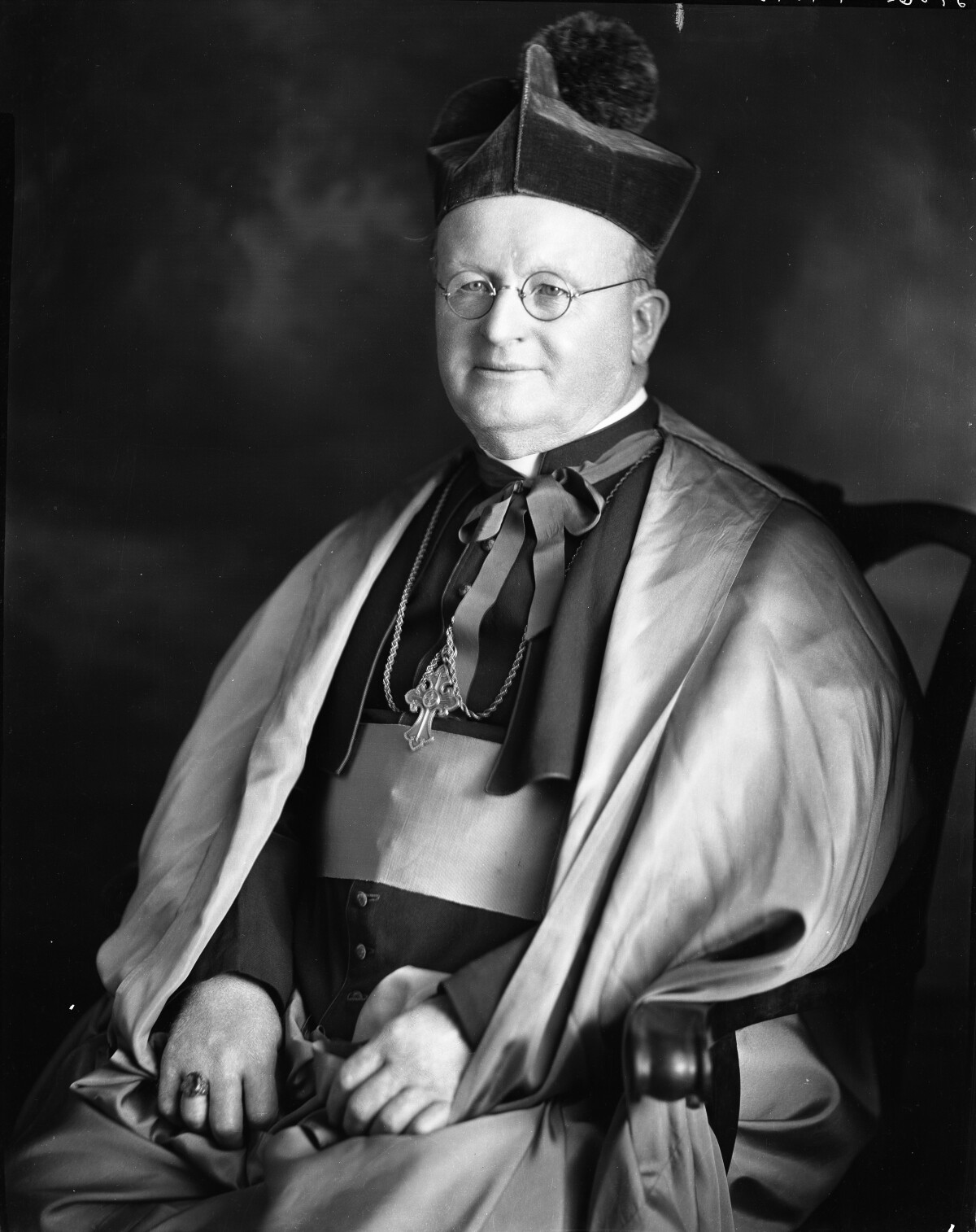
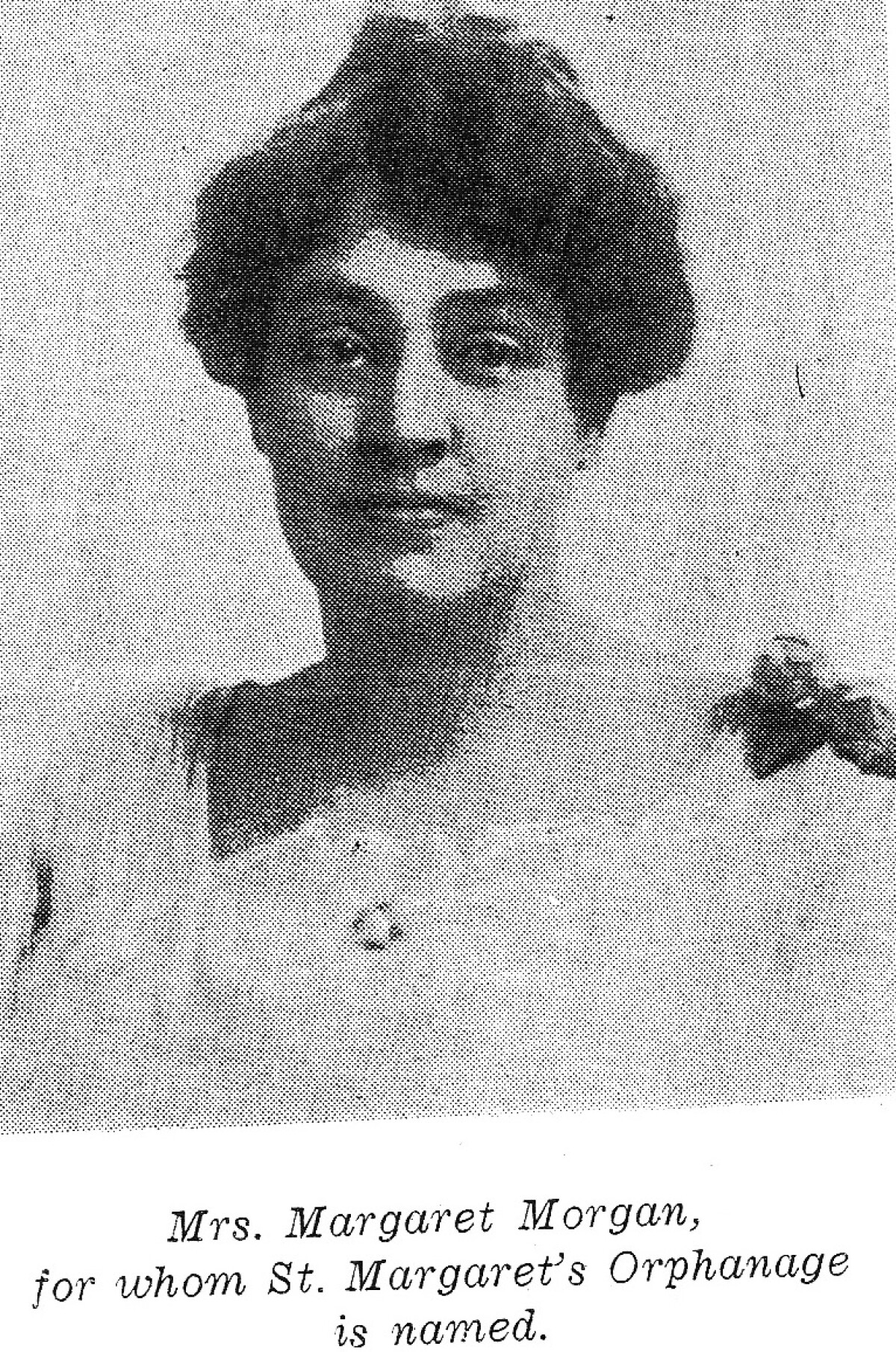
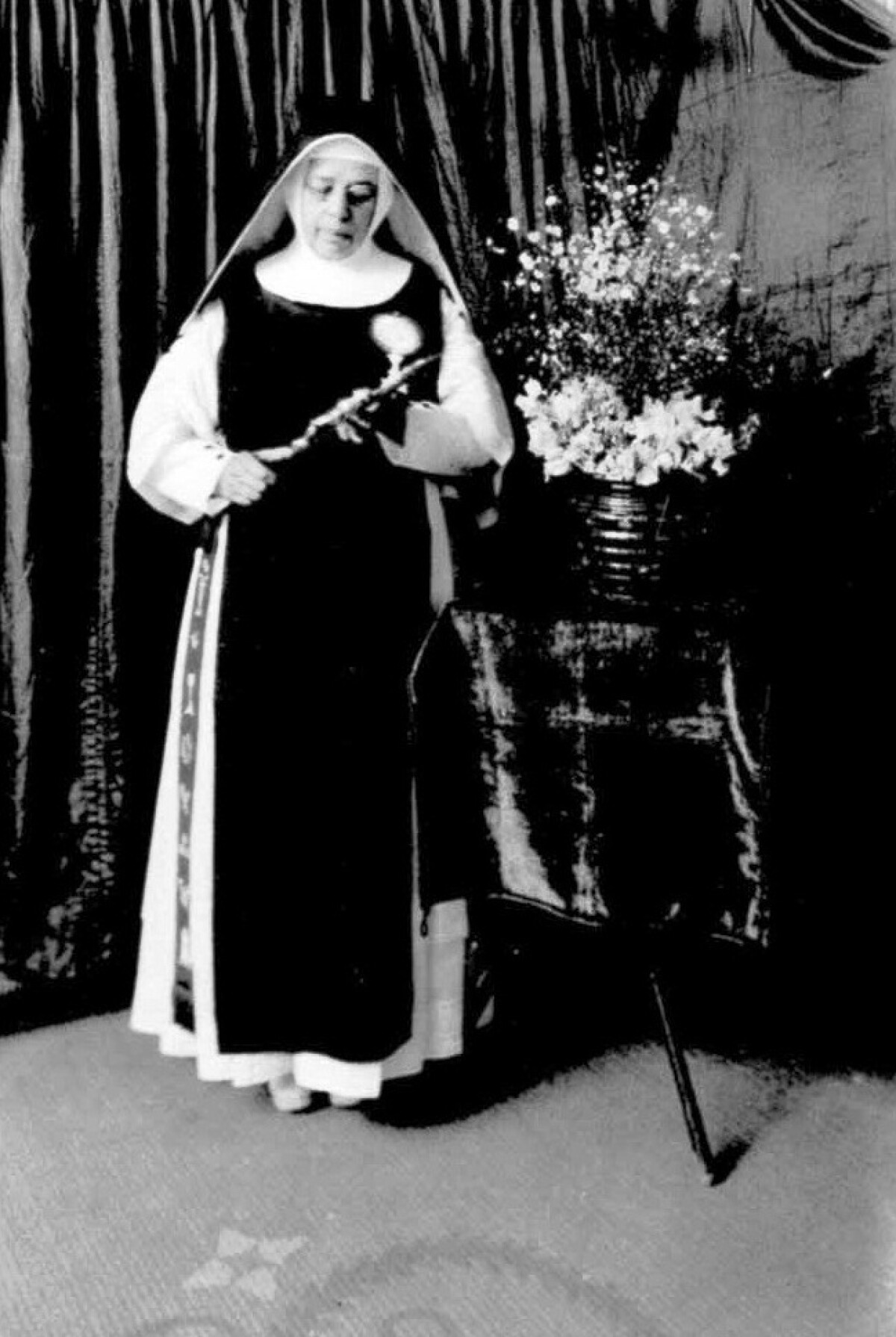
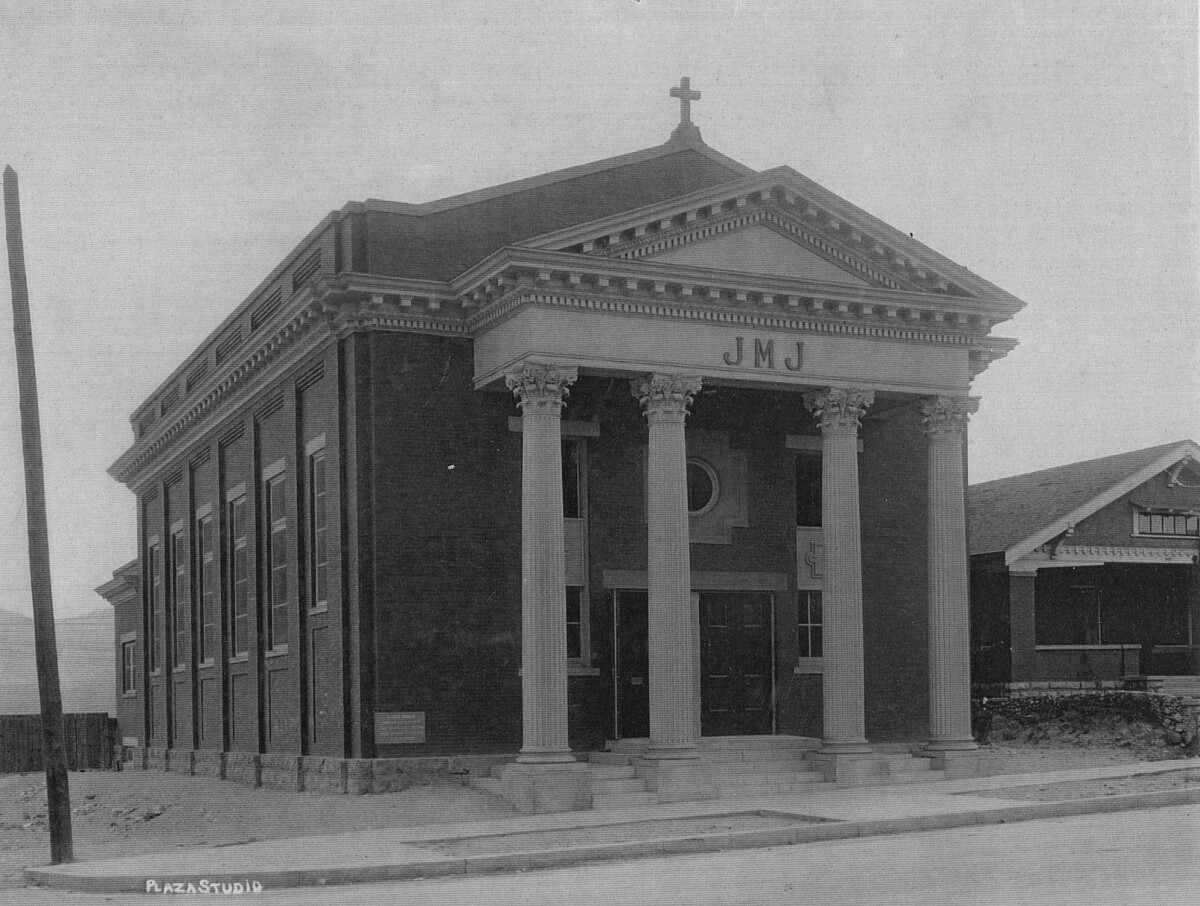
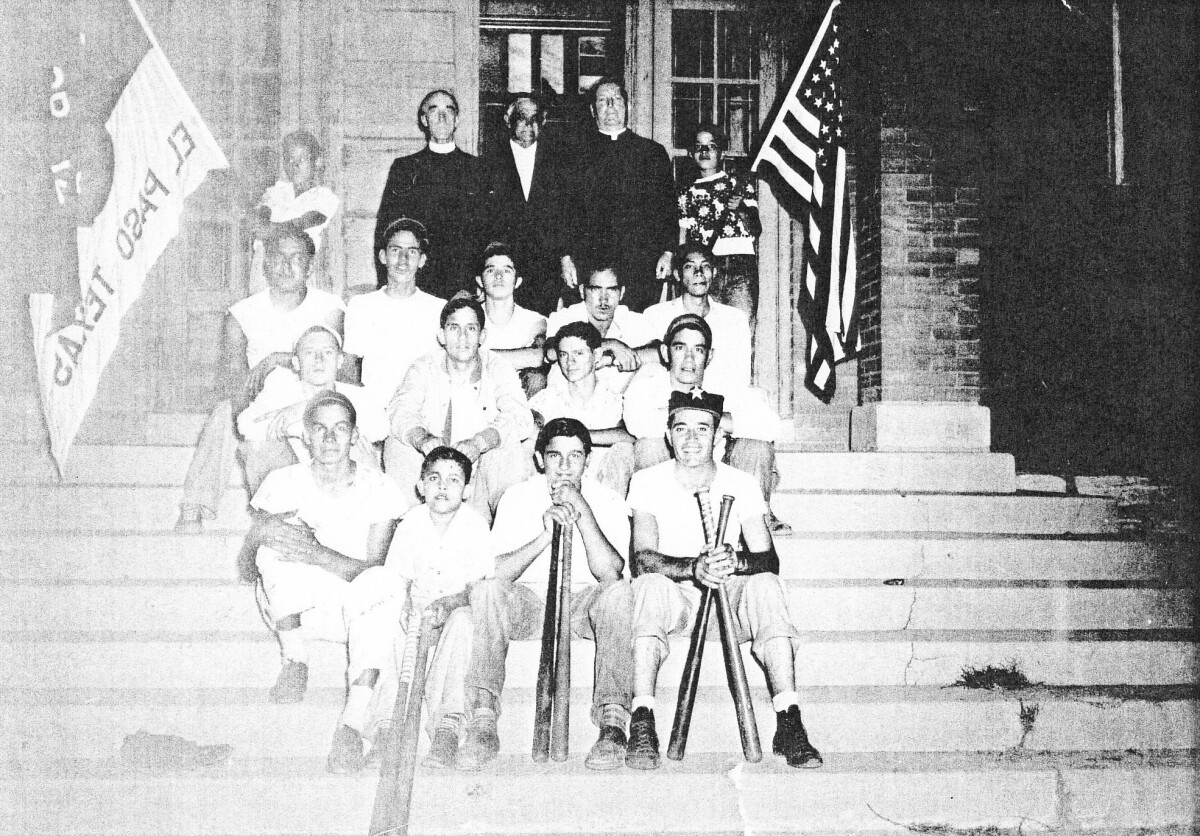
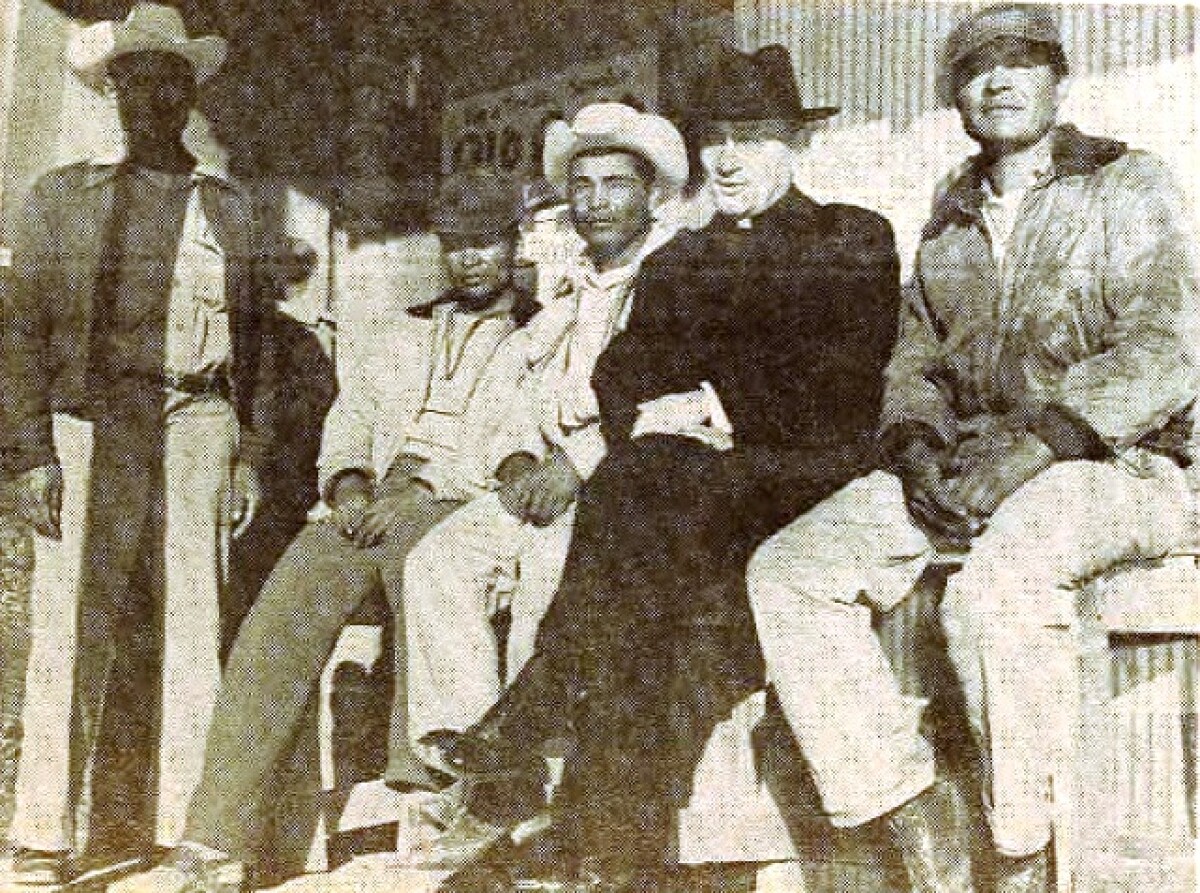
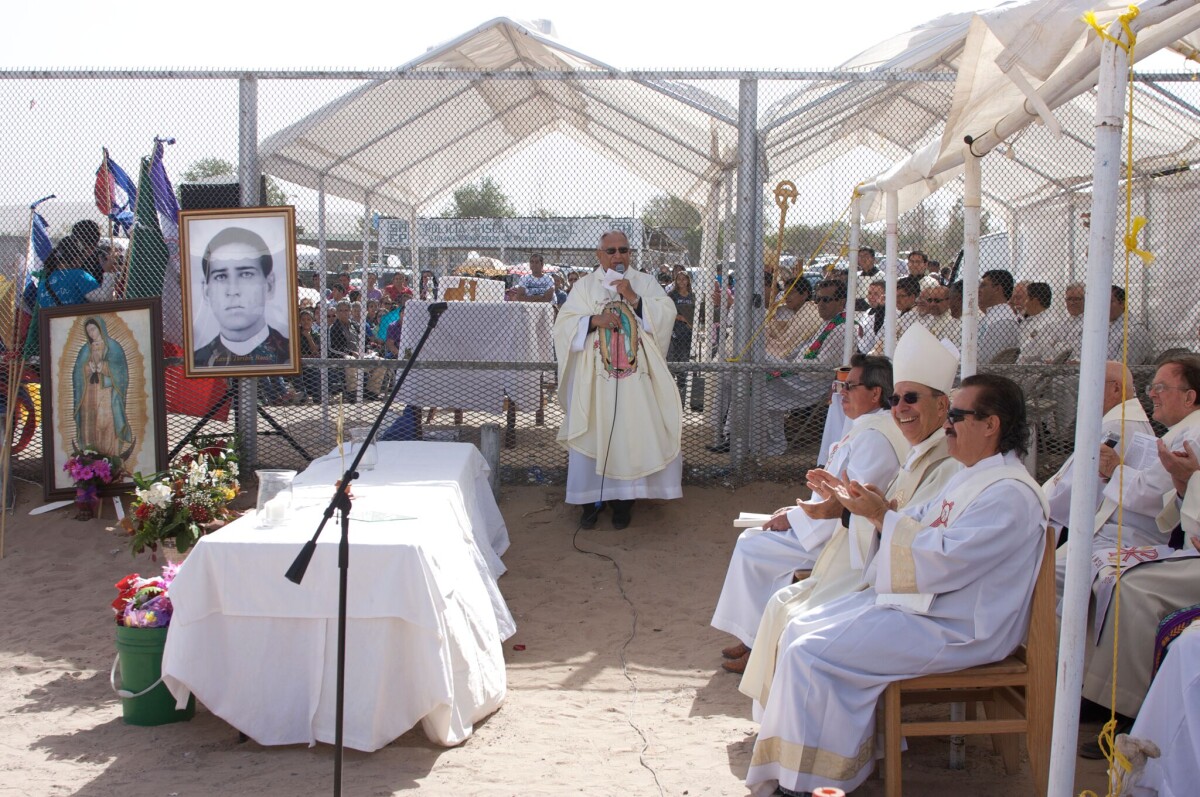
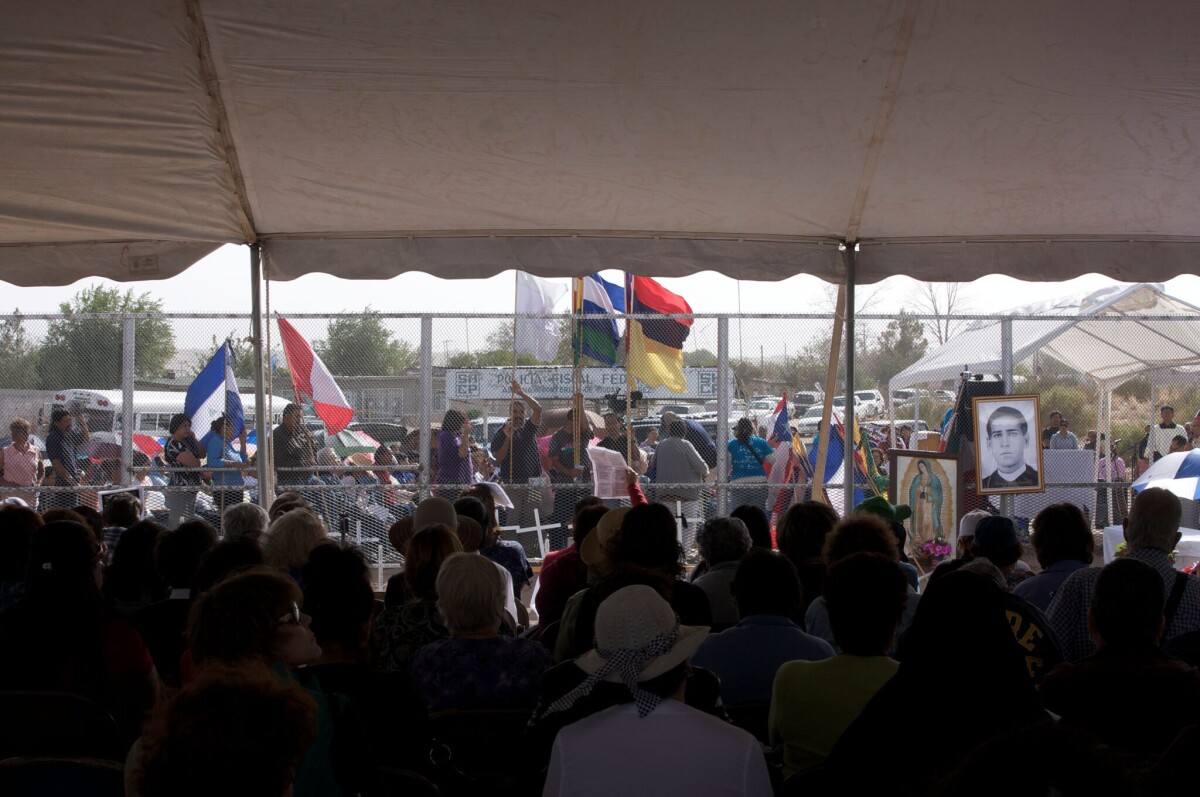
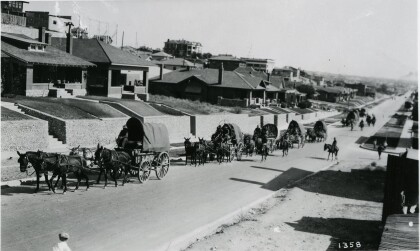
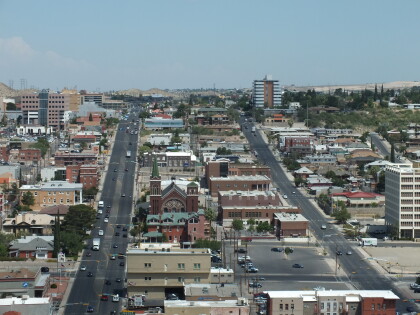
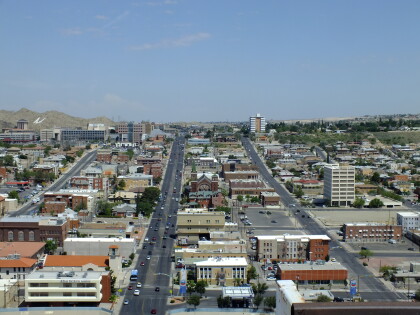
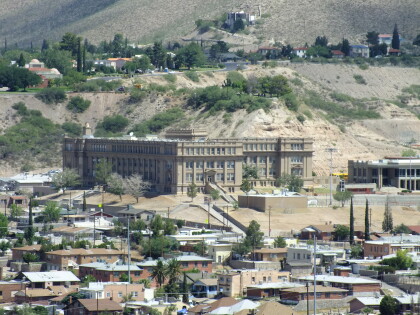
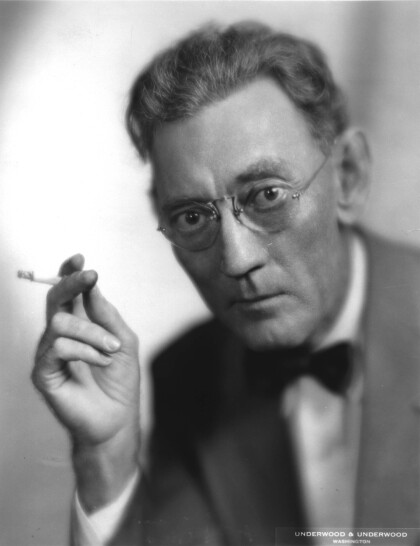
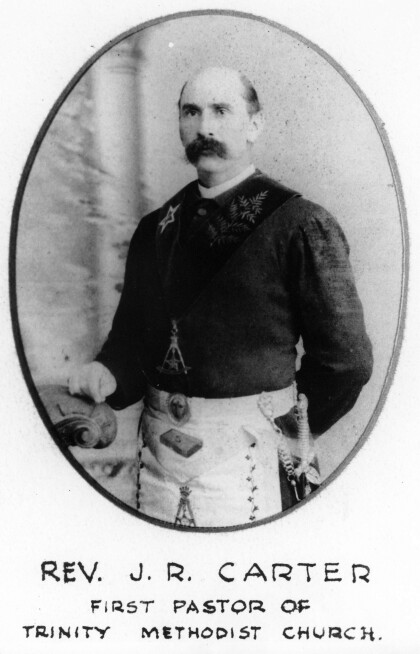
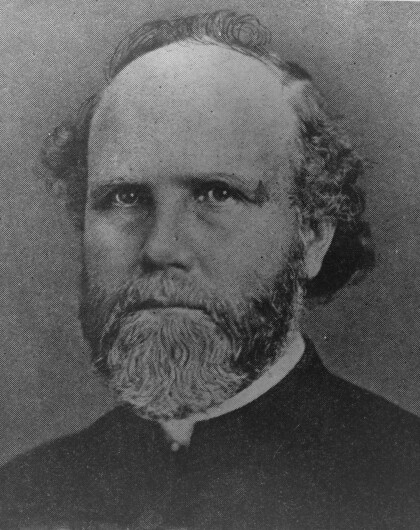
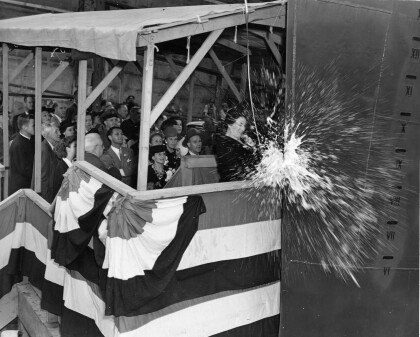
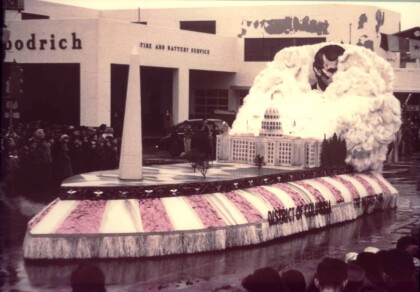
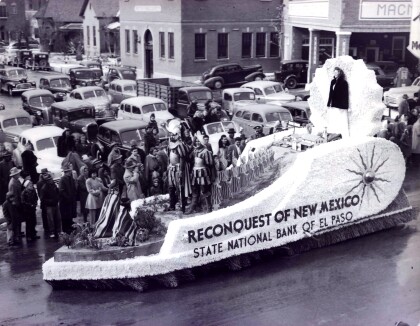
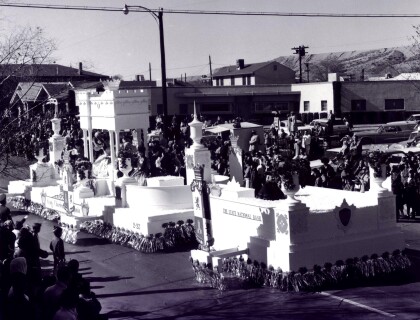
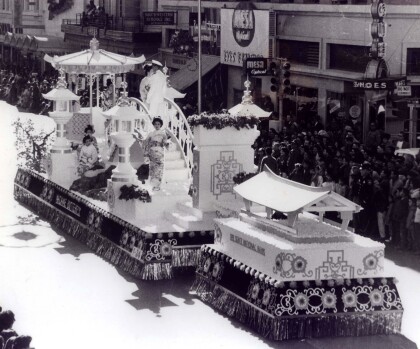
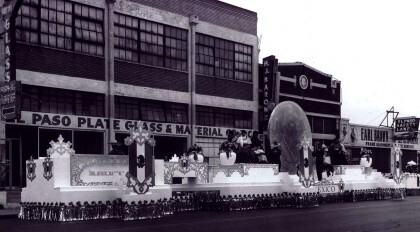
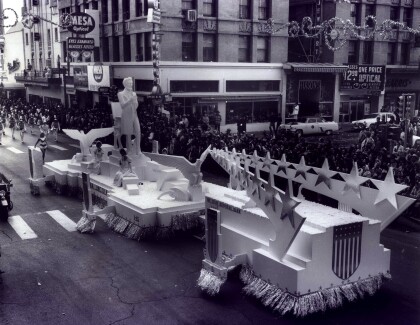
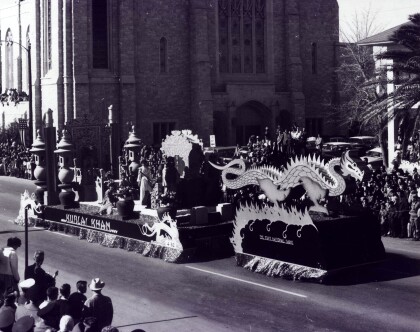
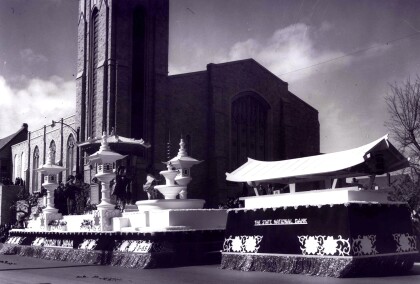
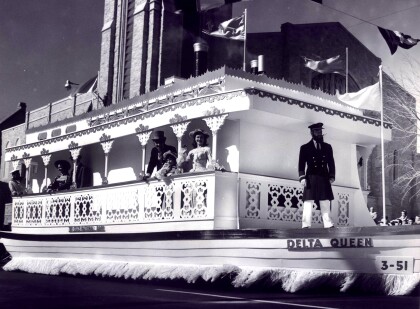
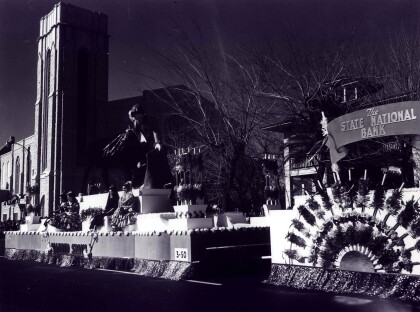
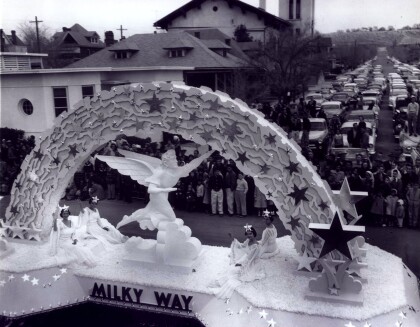
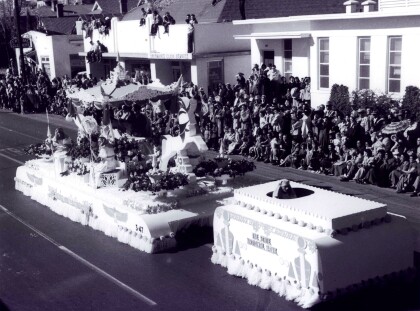
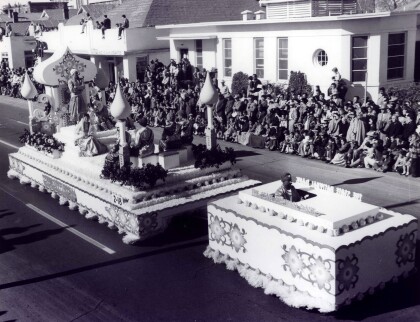
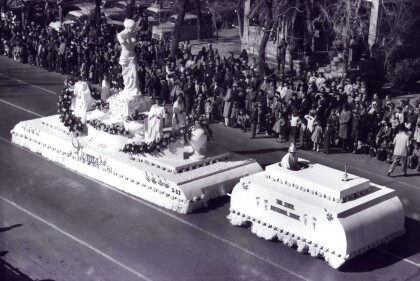
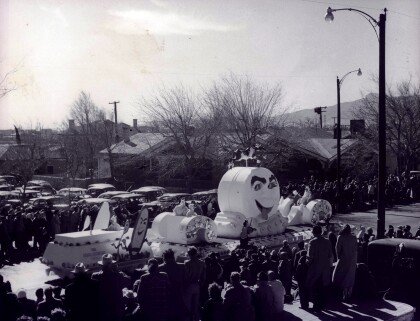
Comments
Add a commentMarch is Women's History Month. The changing history of women's influence in religious education is very interesting.
I have experienced being catholic before reverting to islam.